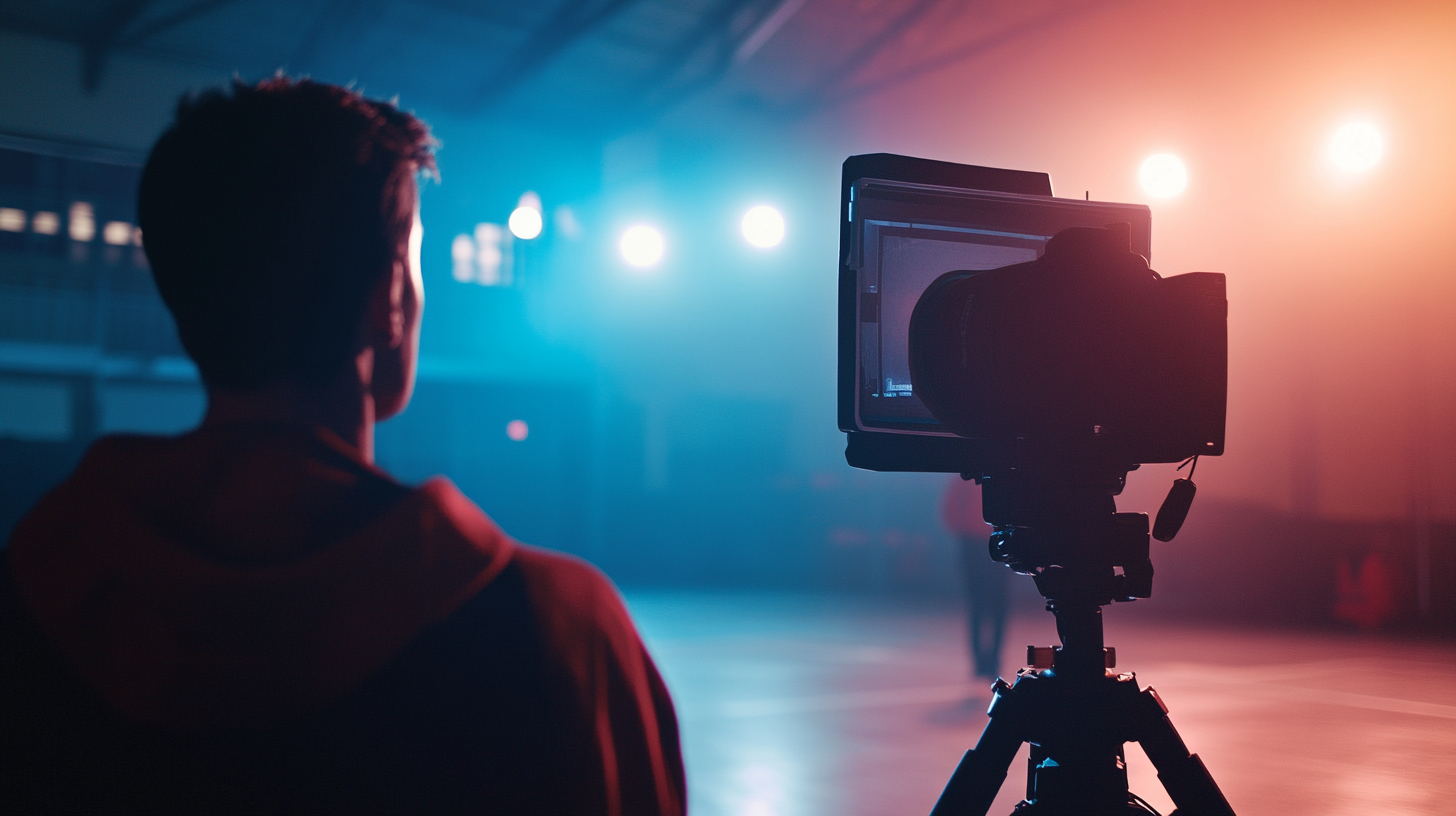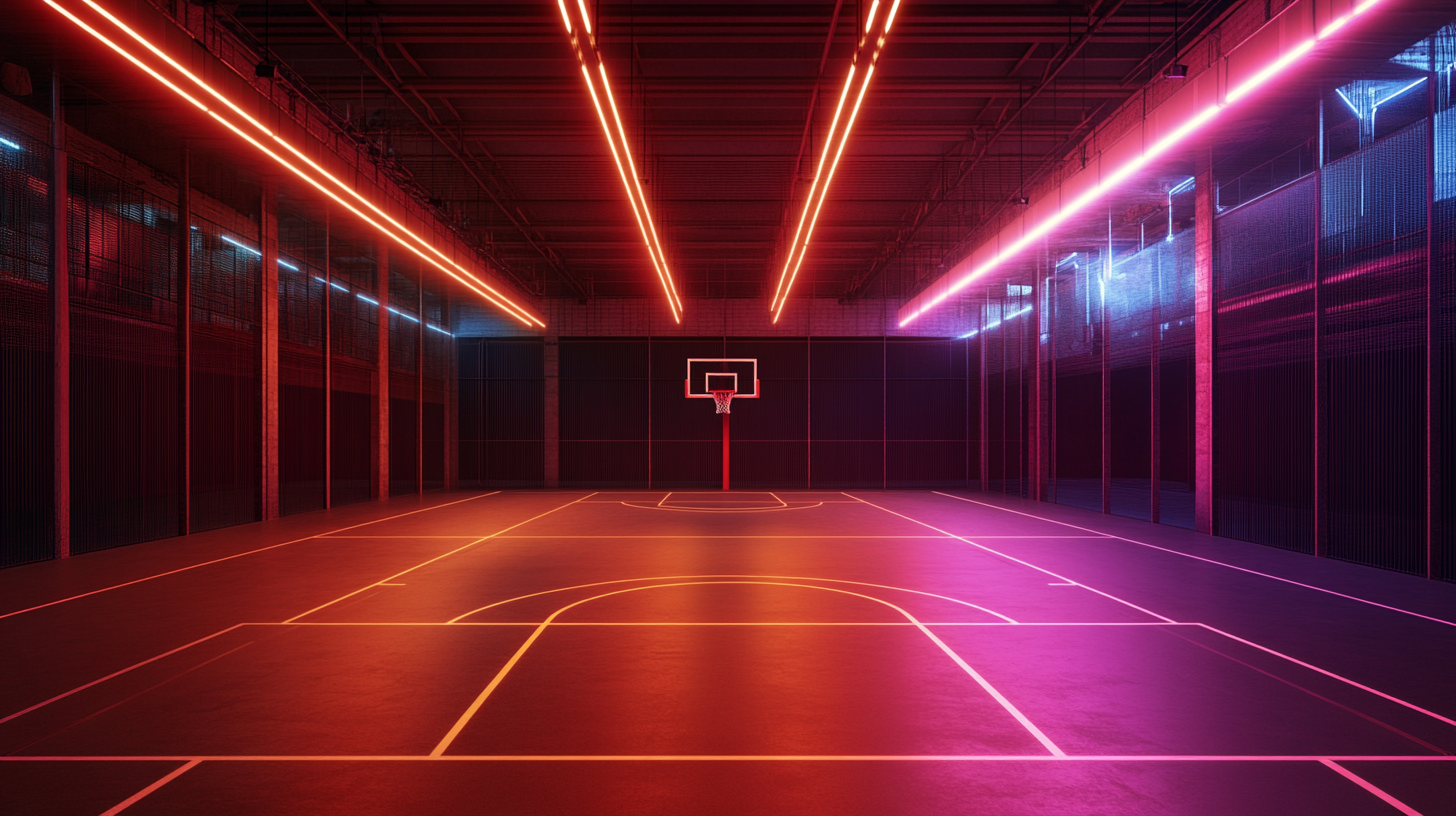Challenges in Sourcing Sport Lighting for Global Buyers
In the realm of global sports, high-quality lighting solutions have become indispensable for enhancing both player performance and spectator experience. As the demand for multi-functional sports facilities escalates, the sourcing of sport lighting presents a unique set of challenges for buyers worldwide. Navigating through various technological advancements, ever-changing regulations, and the need for sustainability poses a significant hurdle that calls for strategic planning and innovative solutions.
Moreover, the global market for sport lighting is characterized by diverse regional preferences and standards, complicating the procurement process for buyers. Understanding these complexities, from selecting the right suppliers to ensuring compliance with local laws, is crucial for successful sourcing. This blog aims to delve into the multifaceted challenges buyers face when sourcing sport lighting on a global scale, highlighting key considerations and potential strategies to overcome these obstacles effectively.

Understanding Global Market Trends in Sports Lighting Solutions
In today's rapidly evolving marketplace, global buyers seeking sports lighting solutions must navigate a complex landscape shaped by emerging technologies and shifting consumer preferences. According to recent reports, the global LED lighting market is projected to experience substantial growth, estimated to increase by $41.5 billion from 2024 to 2028, driven largely by declining manufacturing costs and the transformative influence of artificial intelligence. This trend underscores the increasing importance of energy-efficient lighting options in sports venues, aligning with the industry's broader commitment to sustainability. Moreover, the commercial lighting market is expected to expand at a compound annual growth rate (CAGR) of 5.98% from 2023 to 2029. This growth reflects a rising demand for innovative lighting solutions that prioritize not only performance but also the reduction of light pollution and glare. The DarkSky Approved program offers a clear framework for certifying luminaires that minimize adverse environmental impacts, providing global buyers with an objective standard to consider when sourcing sports lighting. As markets continue to mature, the focus on outdoor LED lighting also becomes pivotal. With an expected market size of $22.8 billion in 2023, projected to reach $54.7 billion by 2030 at a CAGR of 13%, the push for advanced outdoor lighting solutions is unmistakable. This trend highlights the evolving role of lighting in creating safe and engaging sports environments, making it crucial for global buyers to stay informed about these developments to make strategic sourcing decisions.

Key Factors Influencing Supplier Selection for Sports Lighting
When global buyers seek suppliers for sports lighting, they face a myriad of challenges influenced by various key factors. One of the most critical aspects is the technological advancement in lighting solutions. Suppliers who utilize the latest LED technologies and smart lighting systems are often preferred. Buyers are looking for energy-efficient products that not only illuminate fields effectively but also help reduce long-term operational costs. Thus, understanding a supplier's commitment to innovation and sustainability is crucial in the supplier selection process.
Another significant factor is the supplier's ability to meet international quality standards. These standards can vary by region, and buyers must ensure that the products comply with local regulations as well as international safety and efficiency benchmarks. Suppliers with a proven track record of quality assurance and certifications can give buyers confidence in their product reliability. Furthermore, the ability to provide comprehensive support services, including installation and maintenance, plays a vital role in influencing buyer decisions.
Moreover, the geographical location of the supplier can impact both logistics and costs. Suppliers situated closer to the buyer may offer faster delivery times and reduced shipping expenses, thereby enhancing overall efficiency. However, buyers must also consider the supplier's production capacity and scalability to ensure they can meet future demands. This combination of technological capability, adherence to quality standards, and logistical advantages creates a complex landscape that global buyers must navigate in their quest for the ideal sports lighting supplier.

Navigating Compliance and Standards in International Sports Lighting
In the rapidly evolving world of sports lighting, global buyers face a myriad of challenges, particularly when it comes to navigating the complexities of compliance and standards. Different regions often have their own regulations regarding safety, energy efficiency, and performance specifications. For a buyer, understanding these nuances is crucial to ensuring that the products selected not only meet local requirements but also adhere to international norms, which can vary significantly.
One of the major hurdles in sourcing sports lighting is the lack of a unified standard. For example, while some countries may prioritize energy conservation through strict efficiency ratings, others might emphasize safety regulations that govern installation and operation. Buyers must invest time in researching these standards, as non-compliance can lead to costly delays, product returns, or legal repercussions. Additionally, this complexity can impact the overall project timeline, making it imperative for buyers to collaborate closely with suppliers who are knowledgeable about both local and international regulations.
Moreover, engaging with suppliers that can demonstrate a strong understanding of compliance can significantly mitigate risks. A well-informed supplier can provide documentation of certifications and standards met, streamlining the procurement process and ensuring that buyers meet their commitments. As global buyers navigate these challenges in the sourcing of sports lighting, a proactive approach in understanding compliance will not only ensure regulatory adherence but also enhance the overall reliability and performance of their lighting solutions.

Balancing Quality and Cost in Sports Lighting Procurement
In the world of sports lighting procurement, finding the delicate balance between quality and cost is a primary challenge faced by global buyers. According to a report by the International Association of Lighting Designers, quality lighting not only enhances visibility and safety during events but also significantly impacts the performance of athletes. High-quality LED lighting systems, for example, provide better illumination with fewer shadows, essential for sports where precision is key, such as basketball and tennis. However, such systems can also come with a high upfront cost that may deter budget-conscious organizations.
To tackle these challenges, procurement teams must conduct thorough market analysis and leverage industry data to make informed decisions. A recent survey by MarketsandMarkets indicated that the global sports lighting market is expected to reach $7.59 billion by 2026, growing at a CAGR of 6.3%. This growth is largely driven by advancements in technology and an increasing emphasis on energy efficiency, which ultimately lowers operational costs. By opting for high-quality lighting solutions that offer longer lifespans and lower energy consumption, organizations can mitigate long-term expenses while ensuring top-notch performance.
Furthermore, collaborative procurement approaches are becoming increasingly popular, allowing multiple buyers to pool resources and secure better contracts with manufacturers. By doing so, sports organizations can access premium lighting systems at reduced prices while ensuring compliance with safety and performance standards. In this evolving landscape, understanding the interplay between quality and cost is essential for global buyers aiming to provide the best experience for athletes and audiences alike.
Emerging Technologies in Sports Lighting and Their Global Implications
The landscape of sports lighting is rapidly evolving, particularly with the rise of emerging technologies that promise to transform how venues are illuminated. With a projected growth for the global LED lighting market, anticipated to reach USD 118.4 billion by 2029, it is clear that innovations in this sector are not only advancing aesthetics but also enhancing efficiency and sustainability. The average compound annual growth rate (CAGR) of 8.5% from 2024 to 2029 underscores a significant shift towards more energy-efficient solutions that align with global sustainability targets.
Emerging technologies, such as smart lighting systems and advanced control mechanisms, are not only driving these market trends but also addressing worldwide concerns regarding energy consumption and climate impact. For instance, the integration of sensors and IoT capabilities allows for adaptive lighting that adjusts based on real-time data—optimizing energy use while providing high-quality illumination for athletes and spectators alike. This is particularly crucial in an era where climate change raises questions about resource availability and environmental impacts on traditional power grids.
Moreover, the increasing importance of environmentally conscious solutions like LED lighting is underscored by recent discussions around climate challenges, such as the potential effects of melting glaciers in Iceland on volcanic activity. The implications of such environmental changes are also mirrored in the sports industry, where event organizers and facility managers are seeking to minimize their carbon footprint. Adopting advanced lighting technologies is a key step in mitigating these environmental impacts, ensuring that sports can continue to thrive in a sustainably-minded future.


